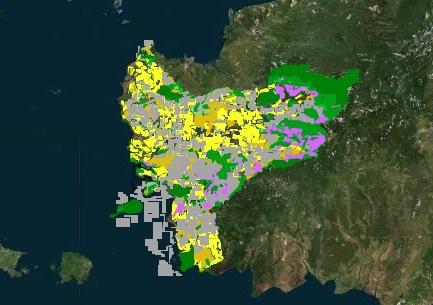Borneo is a large island that is home to one of the most uniquely valuable forests in the world, with a biodiversity every bit as rich as that of Amazonia. But this very richness has long since aroused the interest of big forest companies. Since the 1960s, the island has lost half of its forests. Whether it is caused by clear-cut logging, palm-oil cultivation or mining, deforestation is an ever-increasing scourge for the natural environment.
In recent years, Borneo’s forest dwellers themselves have been grasping the urgency of the situation. Local initiatives are being taken in many places, often facilitated by new technologies.
In this report, we show how little home-made drones, simple text messages and even a blog on daily life in the tropical forest are helping to advance the cause of anti-deforestation campaigners and challenge the impunity of the big forest companies.
!!! Cliquez ici pour lire ce reportage en français !!!
>> The geography of Borneo
Borneo is an island in southeast Asia shared by three countries. The largest section belongs to Indonesia, and the rest is shared by Malaysia and Brunei.
>> Forested surface of Borneo : Forested surface of Borneo














